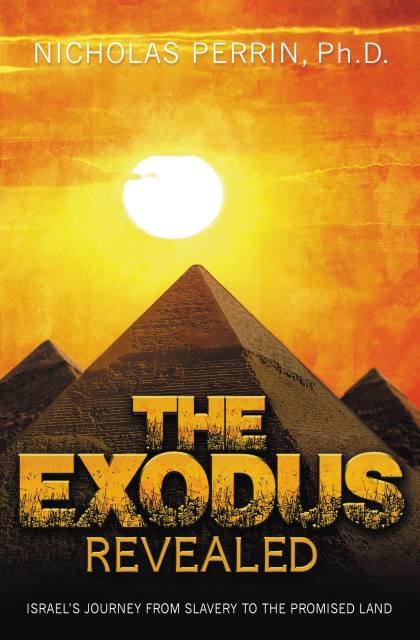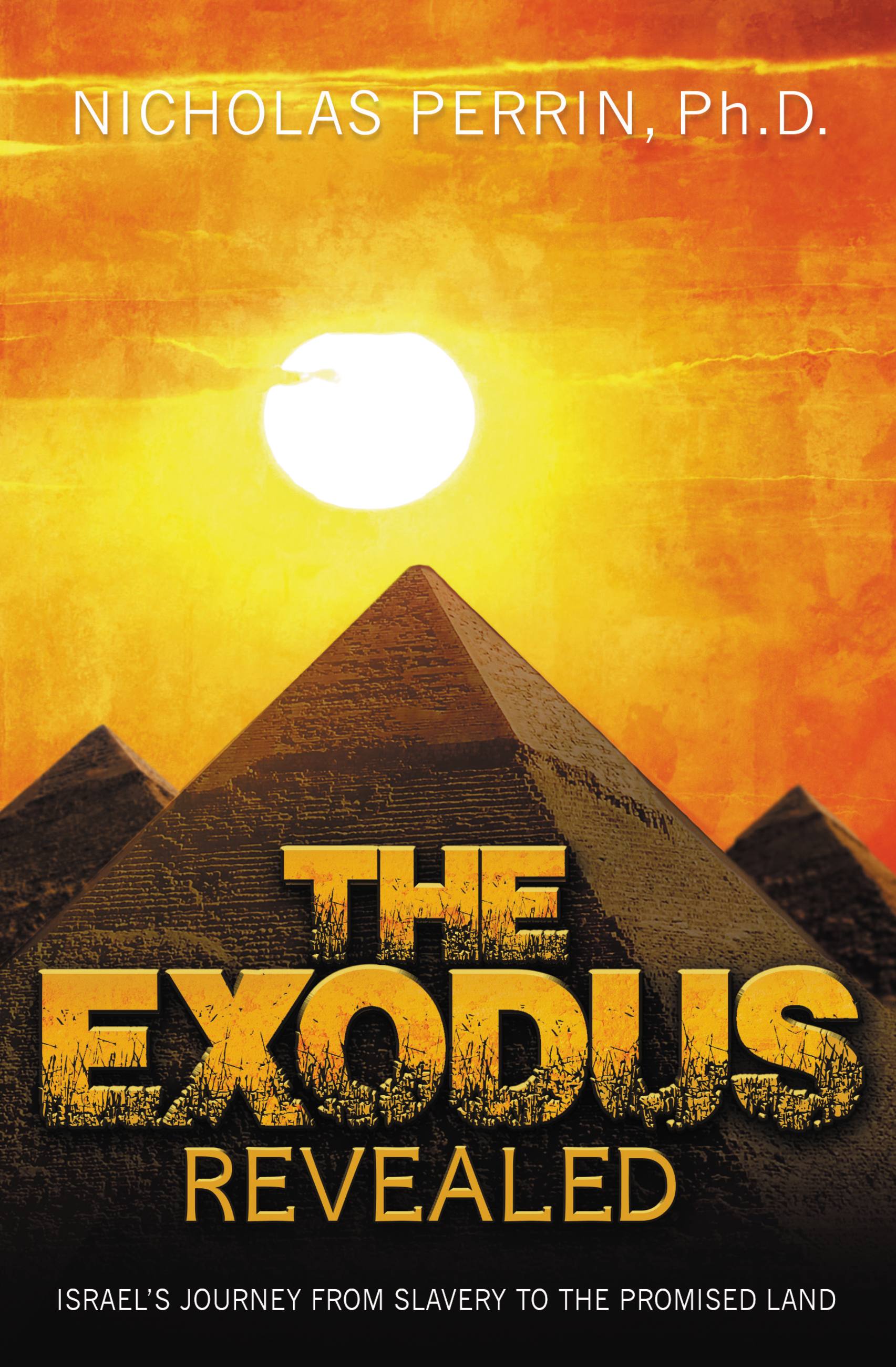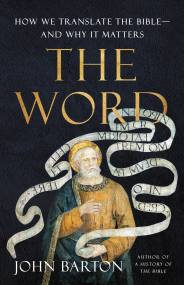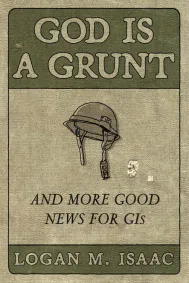Promotion
Use code MOM24 for 20% off site wide + free shipping over $45
The Exodus Revealed
Israel's Journey from Slavery to the Promised Land
Contributors
Formats and Prices
Price
$9.99Price
$12.99 CADFormat
Format:
- ebook $9.99 $12.99 CAD
- Audiobook Download (Unabridged)
- Trade Paperback $19.99 $25.99 CAD
This item is a preorder. Your payment method will be charged immediately, and the product is expected to ship on or around October 7, 2014. This date is subject to change due to shipping delays beyond our control.
Also available from:
- Explore the unvarnished Bible story of the Exodus
- Learn about ancient Egypt and Pharaoh
- Come to know the man and the mission of Moses
- Find out why the Ten Commandments were given
- Discover God’s promise and plan for his people, then and now
- Appreciate why every New Testament writer builds on the Exodus
- See how the Exodus story relates to you, today
You will gain a much richer understanding of what God has done for you and why the Exodus is the pivotal event in the Old Testament.
Genre:
- On Sale
- Oct 7, 2014
- Page Count
- 224 pages
- Publisher
- FaithWords
- ISBN-13
- 9781455560660
Newsletter Signup
By clicking ‘Sign Up,’ I acknowledge that I have read and agree to Hachette Book Group’s Privacy Policy and Terms of Use







